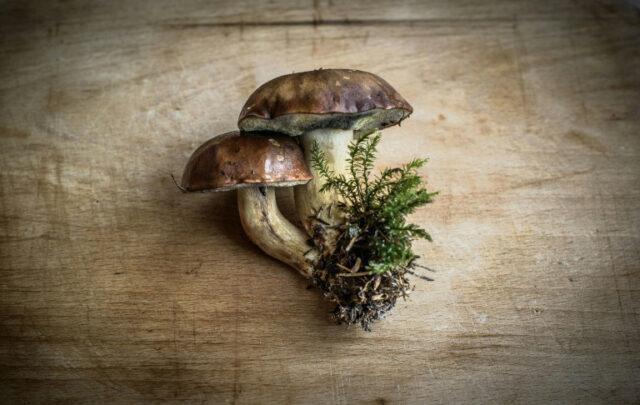Jointly published by the Heinrich Böll Foundation and the Institute for Advanced Sustainability Studies, the Soil Atlas highlights the current state of our soils and the ways in which we are draining this precious resource:
“We are using the world’s soils as if they were inexhaustible, continually withdrawing from an account, but never paying in.”
Soil is an ecosystem in itself, made up of mineral particles, water, air, plant roots, organic matter, earthworms, lice, spiders and of course microorganisms such as bacteria and fungi. The failure to protect our soils has led to the loss of around 24 billion tonnes of fertile soil each year. Without fertile soil, we risk failing to ensure that everyone has the right to adequate food.
The Soil Atlas uses infographics to present an in-depth and accessible look at the current global situation of our soils and the challenges we face in maintaining them. It includes the impact of industrial farming and the overreliance on fertilisers, which have resulted in long-term damage to the soil. But it’s not too late: farmers can adopt methods that have been used by smallholder farmers throughout the world for centuries to restore soil that has been degraded.
The increasing global population has led to more competition for land and many investors see it as an attractive asset. This is a particular problem in developing countries where land grabbing has become widespread. Oxfam estimates that in the past decade, more than 81 million acres of land worldwide has been sold off to foreign investors. Often the land is used to grow cash crops for export rather than to feed the local population.
But smallholder farmers are fighting back through movements that are united by the same goal – “to secure access to land and food sovereignty for small farmers and marginalised groups”. The map below shows the members of the network Via Campesina, an international movement that defends small-scale agriculture as a way to promote social justice and dignity.
As we move through 2015, which has been designated the International Year of Soils by the UN, it is hoped that the Soil Atlas can create a momentum to drive the changes that are needed. It suggests steps for soil conservation in modern city planning so that fertile land is not lost unnecessarily, along with the introduction of a regulatory framework that ensures that “the distribution of land is equitable and that fertile soils are not monopolised by the rich”. Finally, it is also up to each of us as individuals to purchase food that has been sustainably produced and doesn’t contribute to the further depletion of our soils.
The Global Soil Week is now in its third year and will be taking place from 19th–23rd April in Berlin.
Featured image by the USDA






